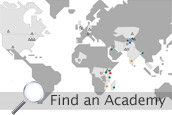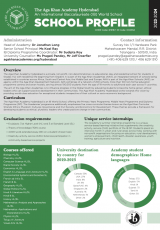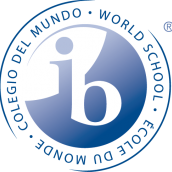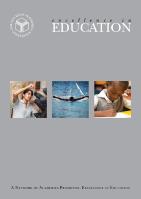Diploma Programme biology students engage with genetics at Dr. Reddy's
In what was a weekend full of scientific and technological exploration, excitement and learning, biology students of DP 1 attended a genetics workshop conducted at Dr. Reddy’s Institute of Life Sciences on the 2nd and 3rd of February 2019.
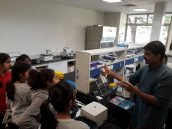
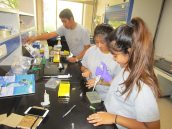

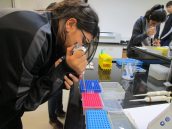
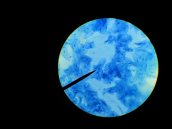
 As Dr. Anil Challa and Dr. Kiranam Chatti welcomed us, we were given a tour of the campus, where we observed the range of laboratories, equipment and students working at the institute. Following this, Dr. Anil introduced us to the objective of the workshop, which was to understand “the power of ten,” and thus how augmenting the scaling up of any living specimen helps uncover more intricacies about it.
As Dr. Anil Challa and Dr. Kiranam Chatti welcomed us, we were given a tour of the campus, where we observed the range of laboratories, equipment and students working at the institute. Following this, Dr. Anil introduced us to the objective of the workshop, which was to understand “the power of ten,” and thus how augmenting the scaling up of any living specimen helps uncover more intricacies about it.
For the first activity, we observed embryonic development of zebrafish, shrimp embryos, blood cells and our own cheek cells under microscopes, under guidance of the facilitators. Following this, we individually shared our learnings from the activity, and were ready to go for the next exciting activity. We were introduced to micropipettes - instruments that help extract and expel very minute and specific amounts of substances - like 1 µl (one-thousandth of a milliliter). Micropipettes are highly useful in lab experiments like the following one we did, known as the Polymerase Chain Reaction. In this experiment, we delved into the details of replicating a DNA segment, along with hands-on experience of the experimental method.
We got the ball rolling on the second day by ‘playing with’ the next experimental setup based on gel electrophoresis, a procedure used to separate and analyse mixtures of DNA. Once again, we discovered great intricacies of the method and equipment used, particularly the use of computer software. We then headed on to explore practical DNA modelling. We were divided into groups, provided with plastic models of molecules and instructed to form DNA using them. After assembling molecules with the correct bonds and direction, we were able to create awe-inspiring models of the DNA - the very molecule that drives all life on earth, along with calculating that an astonishing one metre of DNA fits into a single human cell.
Our final activity, which was arguably the most fascinating for all of us, was DNA isolation. Here, we used cells from our own gums, added them to a mixture, followed by heating, addition of alcohol and cooling, and voila! We obtained our own pure DNA that was visible to the naked eye! As the workshop drew close to an end, we reminisced about our engaging experience and thanked our biology teacher, Ms. Sujana for coordinating it, along with the professors and students at the Institute.
Written by Iliyan Hariyani (grade 11)

